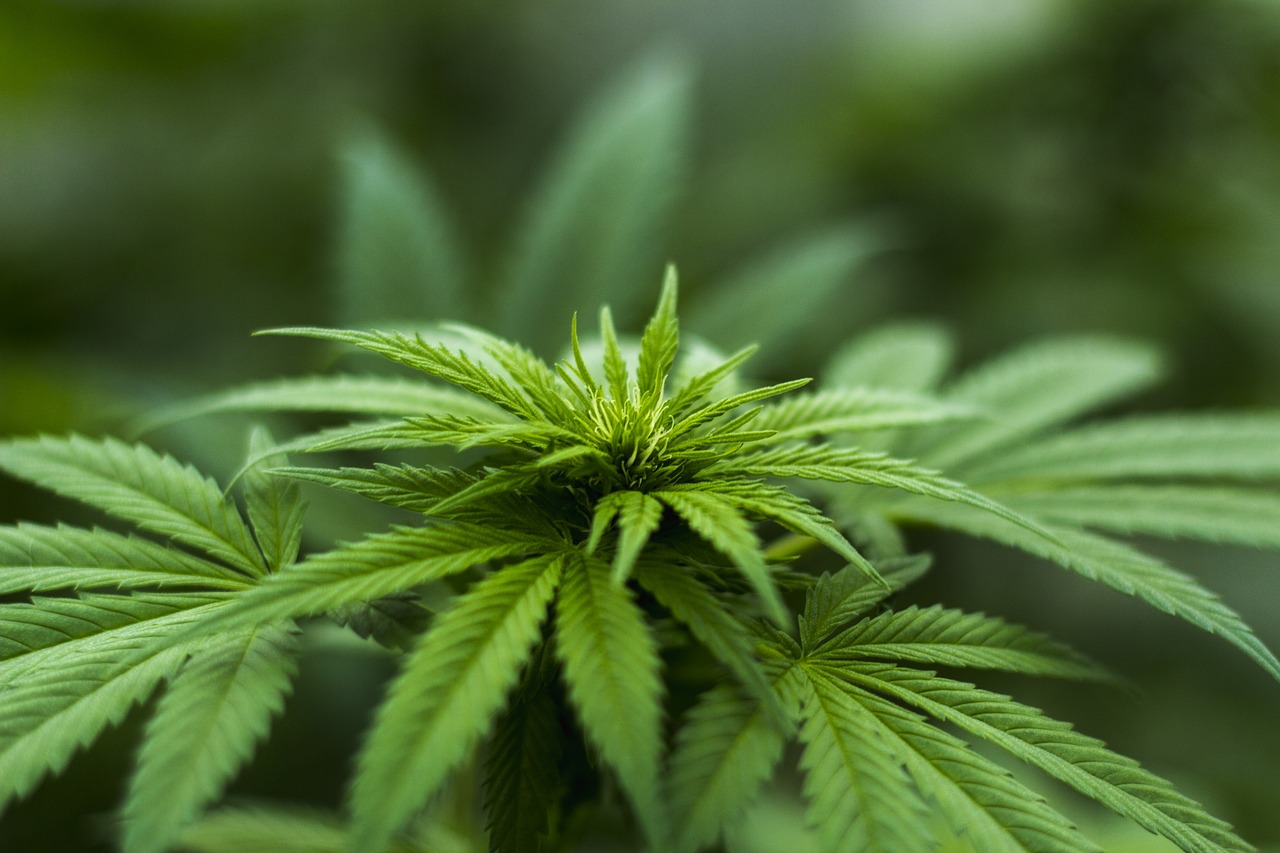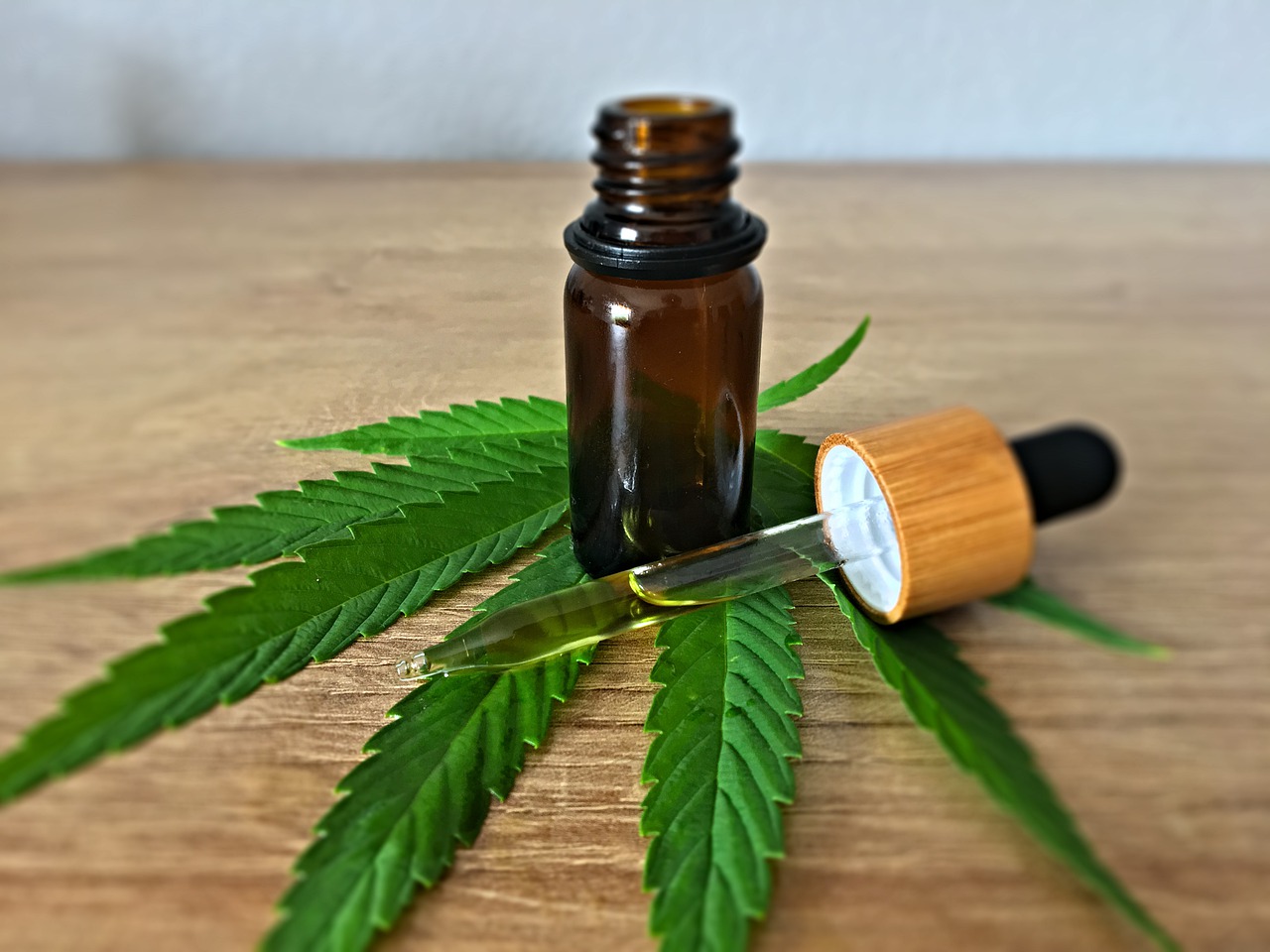If you are curious about what cannabinoids are and what effects they have on the brain and body, you have come to the right place, because that is exactly what we were going to take a closer look at here!
But before we get started with the cannabinoids, we must first get a little idea of where they come from.
Cannabis, marijuana or hemp?
You have probably heard all these three terms mentioned in different contexts and it may not be so easy to know what is what and what the differences are. The different names are often used a bit carelessly as if they were synonyms, which is only partially true.
Let’s sort this out nce and for all.
Cannabis
Cannabis is the collective name for the plant family to which both marijuana and hemp belong. So when someone talks about cannabis, they can refer either to marijuana or to hemp, or generally talk about both.
Marijuana
When it comes to the marijuana plant, it generally contains relatively high levels of the cannabinoid THC and medium levels of the cannabinoid CBD (both of which we will return to a little later).
There are three different types of marijuana:
- Marijuana Indica
- Marijuana Sativas
- Hybrid variants of Indica and Sativas
The different varieties are considered by many to have different types of effects such as body relaxation, respectively uplifting mood and increased creativity and so on. However, there does not seem to be any support in the research that these differences in effect would depend on the type of marijuana in question. The different effects depend rather on which different cannabinoids and terpenes (another term we will return to shortly) the end product consumed contains.
Hemp
Hemp is a type of cannabis that generally contains high levels of CBD and low levels of THC. However, it is good to know that product names such as “hemp oil” are not synonymous with “CBD oil”; hemp oil can contain either CBD or THC, or a mixture. Most often, however, hemp oil consists of a larger proportion of CBD and a smaller proportion of THC, or no THC at all.

Ok, so now we’re ready to talk about the really interesting stuff, that is, the cannabinoids.
Different categories of cannabinoids
Cannabinoids can be divided into three or four main groups – a bit depending on how you look at it – based on how they are made:
Phytocannabinoids are cannabinoids that come from plants, and they are usually cannabis – i.e. marijuana and hemp. But what can be interesting to know is that there are also a number of other (but less common when it comes to consumer products) plants that contain different types of cannabinoids.
Endogenous cannabinoids, or so-called “body-specific” cannabinoids that are produced naturally in your own body. Cannabinoids already fulfill a whole range of functions in your body, so it is no coincidence that even cannabinoids we supply to the body from the outside have an effect on us.
Synthetic cannabinoids are produced in laboratories.
Cannabimimetic are, in the strict sense, not cannabinoids but still interact with our cannabinoid receptors if we ingest them. In many cases when you read about cannabinoids, this fourth category is not mentioned, but we still think it is worth knowing about.
CBD and THC
There are a total of over 100 different cannabinoids whose effects on us differ; some are psychoactive (change our states of consciousness) and others do not.
The two most important cannabinoids to know are THC (tetrahydrocannabinol) and CBD (cannabidiol).
THC is psychoactive and thus causes you to become “high”. THC is still classified as a drug in most countries, and in these countries, it is therefore not legal to buy, sell, import or deal with at all in these countries.
CBD is not psychoactive and can therefore not make you high. CBD products, such as CBD oil (available in capsule form, among other things), are legal in many countries where THC is not, but only as long as the products in question do not contain the slightest trace of THC. It can be good to know that the legislation of some other countries can allow a small proportion of THC, but which, as I said, in that case makes them completely illegal in many places – so, so do not try to import products that contain the smallest ounce of THC if you live in a country where THC is not legalized.
Terpenes – Do They Affect CBD Oil?
Terpenes is a collective term for aromas with different smell and taste character (for example pine scent to lemon taste). We mention terpenes here because cannabis contains a whole lot of them and it seems that the different types of terpenes are also involved and affect how the cannabinoids affect us.
When it comes to THC’s psychoactive effects, research has shown that terpenes – which, as I said, are abundant in cannabis – are involved and affect the psychoactive effects that occur. This effect is often called the “entourage effect”. If the terpenes are also involved and affect the non-psychoactive effects CBD has on our bodies and brains, however, a question that researchers are still trying to find answers to.
How cannabinoids interact with the body and the brain
What all cannabinoids (and, as I said, also “cannabis-mimicking substances”) have in common is that they activate the body’s cannabinoid receptors. Our cannabinoid receptors can be compared to locks and the cannabinoids to keys that fit perfectly in the locks.
There are suspicions that we have a number of different cannabinoid receptors, but so far there are only two different types that the researchers have definitely managed to determine and – perhaps a little unimaginatively it may seem – have chosen to call CB-1 and CB-2 respectively.

The CB-1 receptors are found mainly in the brain and in our reproductive systems, but also to some extent in our other organs. It seems that it is the CB-1 receptors that are involved when cannabinoids cause euphoria, that is, we become “high”. But they do not seem to be involved when it comes to CBD, which we can not get high on.
The CB-2 receptors are located in our immune system and are found in the highest concentration in the spleen. It seems to be this type of cannabinoid receptor that causes the cannabis plant to have anti-inflammatory – and possibly other therapeutic – properties.
CBD oil and potential health effects
The research on cannabinoids is still in its infancy, but here we have compiled a list of just some of the health effects the research has begun to show that CBD (cannabidiol cannabinoid) seems to have:
- Relieve worry and anxiety
- Anti-inflammatory effect
- Relieve nausea for cancer patients undergoing chemotherapy
- Fight cancer cells and slow down the growth of tumors
- Muscle relaxation for people with MS (Multiple Sclerosis)
- Stimulate appetite and contribute to weight gain for people with cancer and AIDS, respectively
- Relieve chronic pain
- Relieve rheumatic pain and other joint pains
- Possibly also reduce the inflammation behind rheumatism
- Reduce nerve pain
- Possibly help with Alzheimer’s
- Possibly help prevent Parkinson’s
- Help against diabetes
- Help against pimples / acne
- Help people suffering from epilepsy


